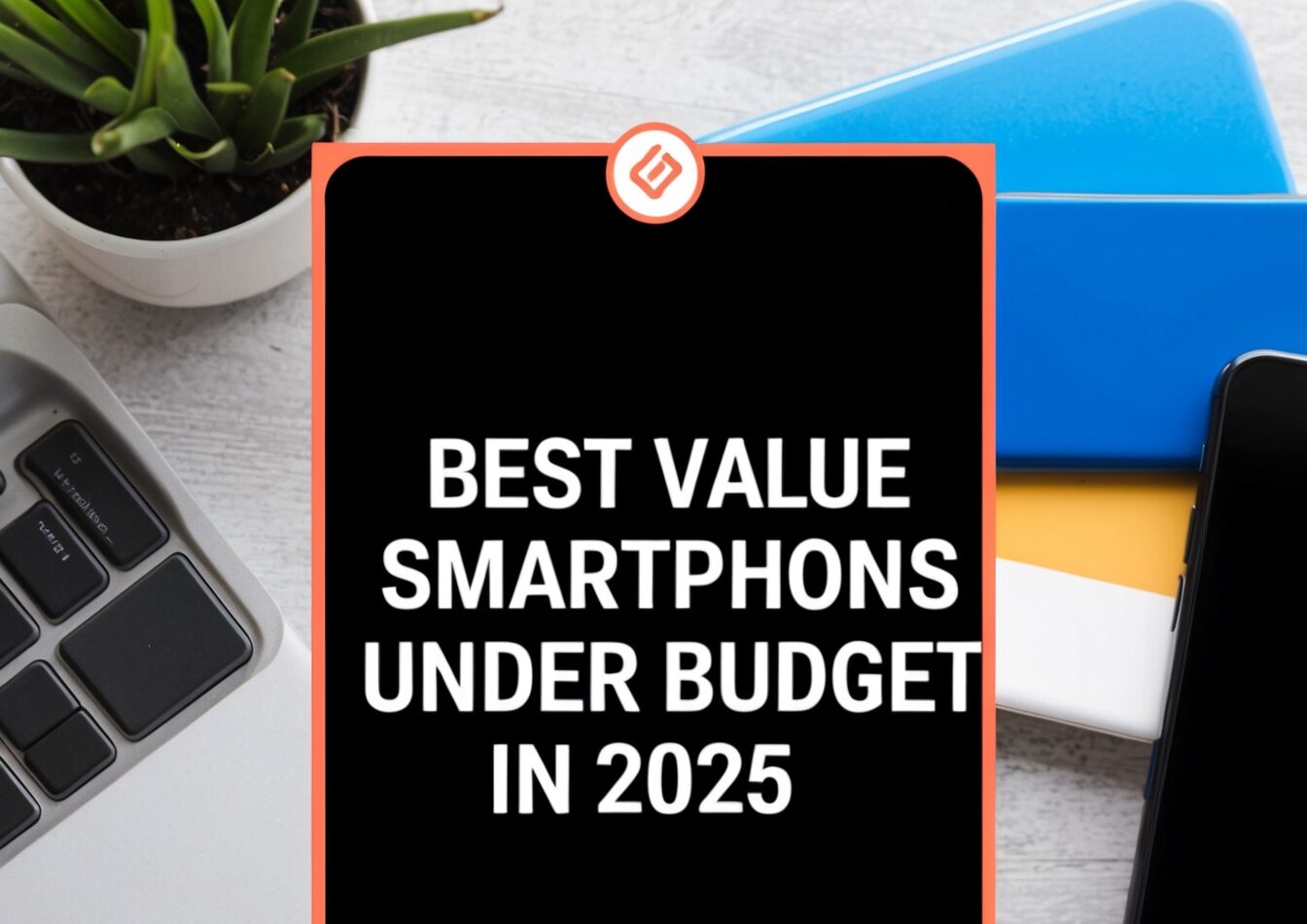Make Your Blog Stand Out with 10 Simple Tricks

How to Format Your Blog for Easy Reading
A blog post is more than just words on a page; it’s a story, a guide, and a conversation rolled into one. However, even the most informative and engaging content can go unnoticed if the formatting isn’t up to par. Formatting is the secret sauce that can transform your content from ordinary to extraordinary, ensuring your audience stays hooked and eager for more.
In this guide, we’ll explore actionable strategies for creating visually appealing, easy-to-read blog posts that resonate with readers and drive engagement.
1. Crafting a Captivating Title
Your title is your first (and sometimes only) chance to capture your audience’s attention.
Key Attributes of an Effective Title
- Originality: Avoid generic titles; instead, offer a unique angle or a promise of value.
- Informative Nature: A good title hints at the content without giving everything away.
- Clarity: Use simple language so readers instantly understand the topic.
Examples of Captivating Titles:
- “10 Proven Tips to Skyrocket Your Blog Engagement”
- “How to Write Headlines That Grab Attention Every Time”
- “The Ultimate Guide to Formatting Blogs Like a Pro”
2. Making Your Blog Skimmable
Modern readers often skim content, so breaking up text is essential.
Tips for Skimmability:
- Bullet Points: Use them to summarize key takeaways.
- Headers and Subheaders: Divide content into clear sections with descriptive headings.
- Emphasize Text: Use bold or italic styles to highlight critical points or quotes.
Example:
Instead of:
“Formatting blogs is important because it helps retain readers and makes the content more accessible.”
Write:
“Why Formatting Matters: Proper blog formatting retains readers and enhances content accessibility.”
3. Adding a Table of Contents
A table of contents not only organizes your post but also empowers readers to navigate easily.
Benefits of a Table of Contents:
- Gives readers an overview of the post.
- Enhances the user experience by linking to specific sections.
- Improves search engine optimization (SEO) by adding keyword-rich internal links.
Pro Tip:
Tools like WordPress plugins (e.g., Table of Contents Plus) make adding a clickable table of contents effortless.
4. Leveraging Visual Content
Types of Visual Content to Include:
- Feature Images: Catch the reader’s eye immediately.
- Infographics: Simplify complex data into visually engaging graphics.
- Videos: Add dynamic content to hold attention longer.
Best Practices for Visuals:
- Ensure images are high-quality and relevant.
- Compress image files to avoid slowing down page load times.
- Use alt text to describe images, enhancing accessibility and SEO.
5. Prioritizing Readable Fonts
Font choice can make or break your blog’s readability.
Ideal Font Characteristics:
- Sans-Serif Fonts: Such as Arial or Helvetica, for clean, modern readability.
- Appropriate Sizing: Stick to 16–18px for body text and slightly larger for headings.
- Consistent Styling: Maintain uniformity throughout your post.
6. Integrating Strategic Links
Links enrich your content by connecting readers to additional resources.
Internal Links:
- Guide readers to related blog posts or pages on your site.
- Help reduce bounce rates by keeping visitors engaged.
External Links:
- Add credibility by citing reputable sources.
- Support your arguments with data or expert opinions.
7. Designing Effective Calls-to-Action (CTAs)
A strong CTA directs readers toward the next step, whether it’s subscribing, sharing, or purchasing.
Best Practices for CTAs:
- Use action-oriented language (e.g., “Download Now,” “Subscribe Today”).
- Make CTAs visually distinct with buttons or contrasting colors.
- Keep it subtle—avoid overwhelming your audience with multiple CTAs.
8. Exploring Different Blog Formats
Variety is the spice of blogging. Experiment with these formats:
| Format | Description |
|---|---|
| Listicles | Numbered lists for quick, scannable content. |
| How-To Posts | Step-by-step guides on solving specific problems. |
| Case Studies | Share real-life success stories for inspiration. |
| Comparison Posts | Analyze pros and cons of options to aid decision-making. |
| Beginner’s Guides | Provide foundational knowledge on a topic. |
9. Mastering Blog Post Structure
A well-structured post keeps readers engaged from start to finish.
Optimal Blog Structure:
- Introduction: Hook readers with an engaging opening.
- Body: Present main ideas with supporting visuals and examples.
- Conclusion: Recap key points and include a strong CTA.
10. Measuring Success and Iterating
After publishing, analyze your post’s performance to identify areas for improvement.
Key Metrics to Track:
- Page Views: Indicates overall popularity.
- Time on Page: Shows how engaged readers are.
- Bounce Rate: Reveals if readers are staying or leaving quickly.
FAQs
1. What is the ideal length for a blog post?
An ideal blog post ranges from 1,500 to 2,500 words. However, focus on quality over quantity.
2. Should I always use a table of contents?
If your post exceeds 1,000 words, a table of contents improves navigation and reader experience.
3. How many images should I include in a blog post?
Aim for one image every 300–500 words to maintain visual interest.
4. Can I use free stock photos for my blog?
Yes, platforms like Unsplash, Pexels, and Pixabay offer high-quality, royalty-free images.
5. How often should I include CTAs?
Include 1–3 CTAs depending on the length and purpose of your post.
6. What’s the best way to find engaging blog topics?
Use tools like Google Trends, AnswerThePublic, and keyword research to identify trending topics.
Conclusion
Effective blog formatting is an art that balances creativity and strategy. By crafting captivating titles, incorporating visuals, maintaining readability, and experimenting with formats, you’ll elevate your content and keep your audience coming back for more.
Remember, success takes practice. Keep testing, learning, and refining your skills to become a master of blog writing.
-
Best Value Smartphones Under budget in 2025
Smartphones Under the Sun: Affordable Powerhouses on Amazon Hey there, tech enthusiasts! Are you on the hunt for a stellar smartphone without breaking the bank? Let’s dive into the world of Amazon’s finest budget-friendly options and find the perfect match for your needs. Latest Mobile Deals and Features 1. Vivo Y200e 5G Price:…
-
How to Enable Debugging in WordPress with Ease
WordPress Debugging: A Beginner’s Guide to Troubleshooting Like a Pro Hey there, fellow WordPress enthusiasts! I know that WordPress is usually a trusty companion, but sometimes, things just don’t go as planned. That’s where debugging comes in—it’s like having a superpower to uncover the hidden secrets behind those pesky errors. What is WordPress Debugging? Imagine…



